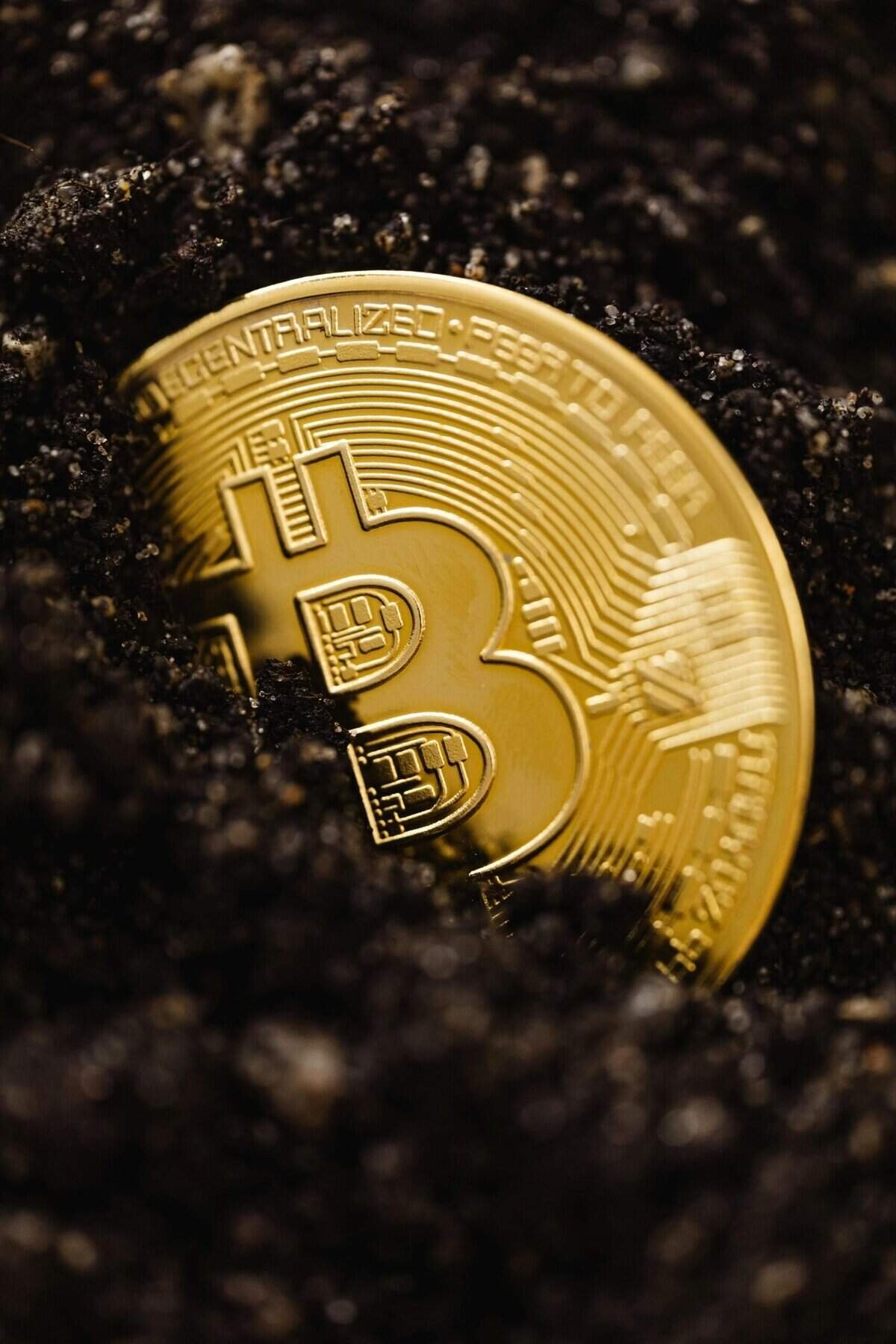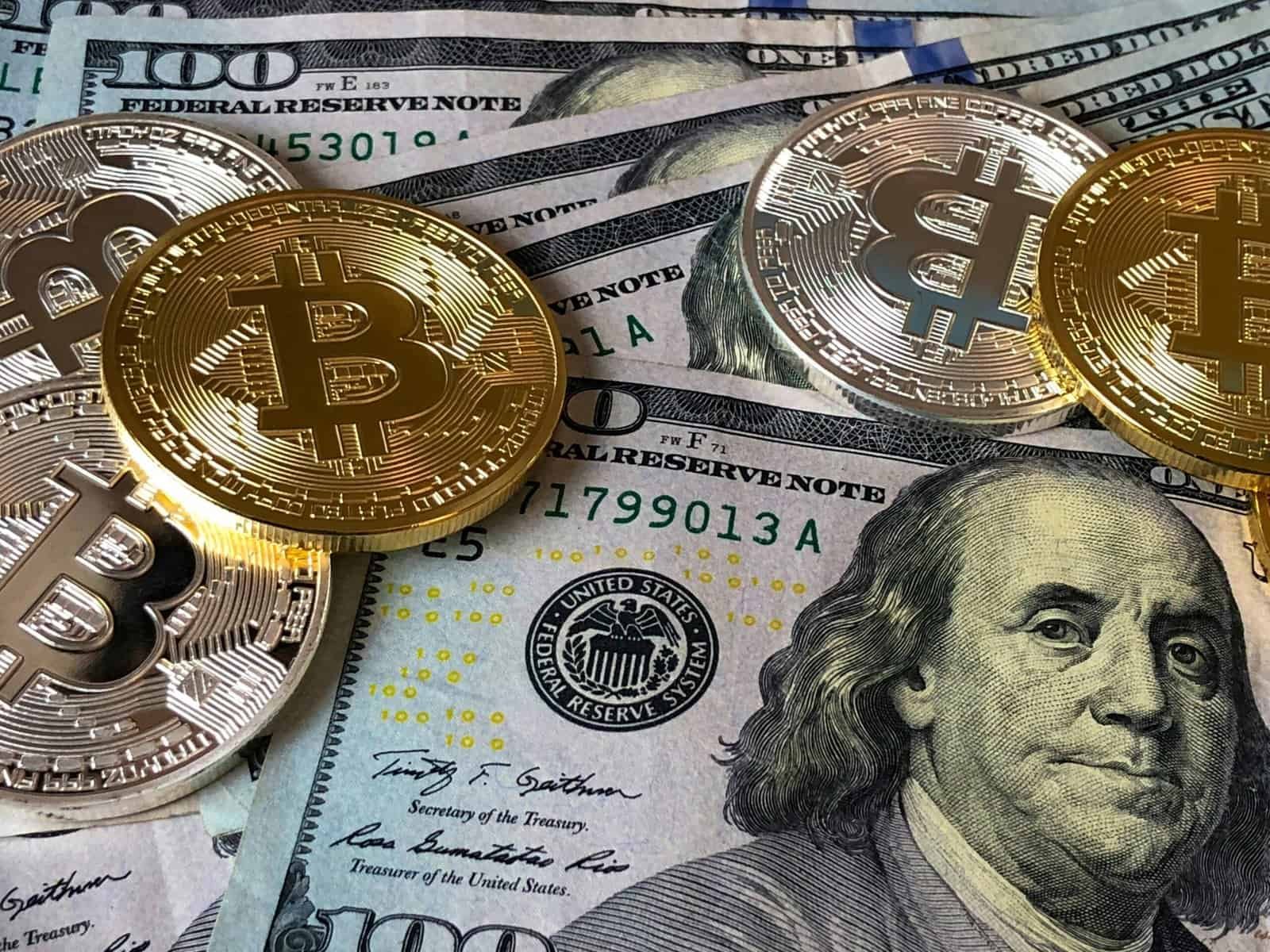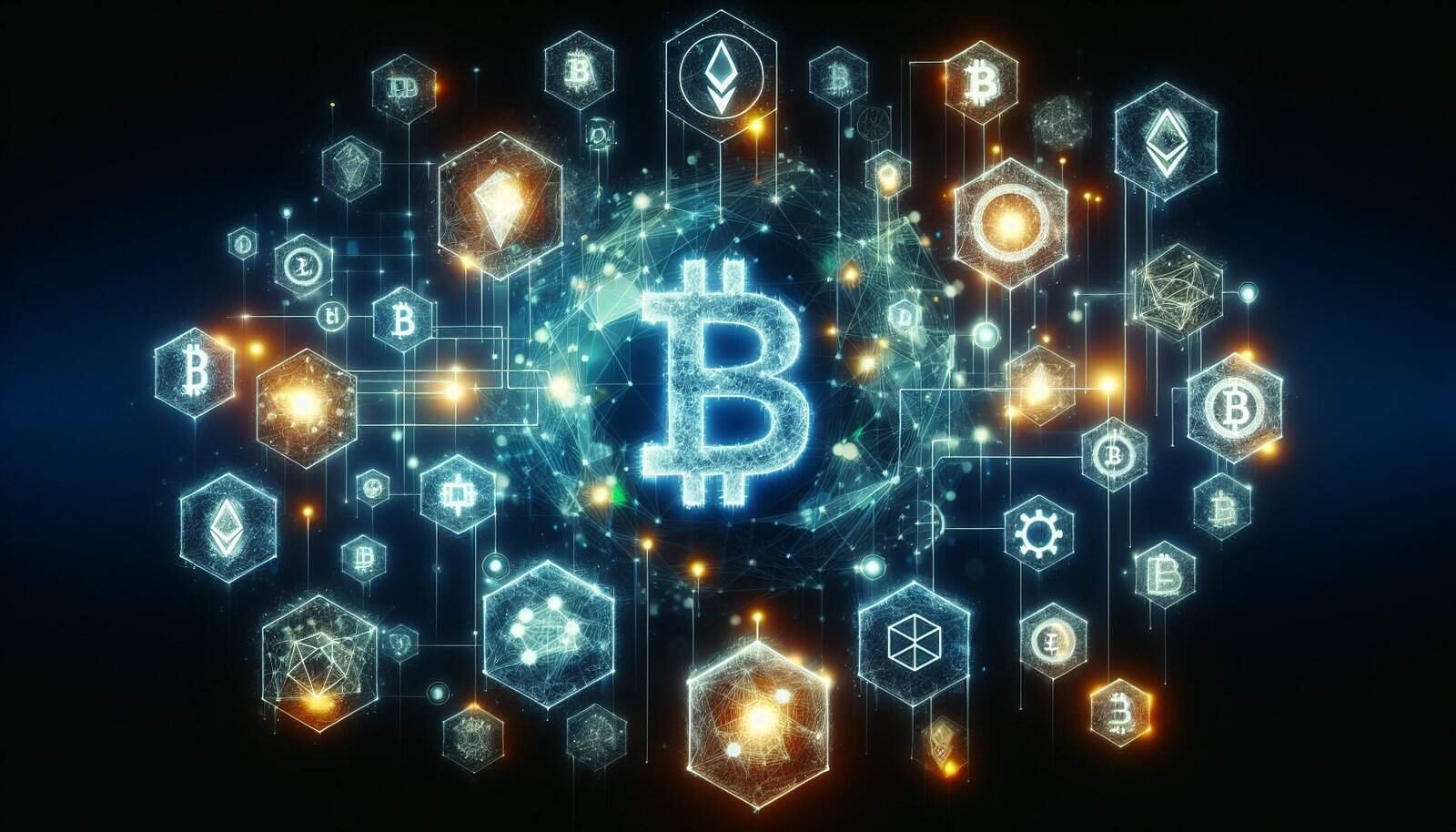Have you ever wondered how the world of finance is evolving beyond traditional banks and financial institutions? As technology continues to transform our daily lives, it’s fascinating to see how it reimagines the way we handle money, investments, and transactions. One of the most compelling examples of this is Decentralized Finance, commonly known as DeFi. It’s a revolutionary concept that’s reshaping the financial landscape, allowing individuals like you to have more control over their financial activities without relying on intermediaries like banks.
What Is DeFi (Decentralized Finance)?
Decentralized Finance, or DeFi, refers to a system where financial products become available on a public decentralized blockchain network, making them accessible to anyone with an internet connection. In contrast to the traditional centralized financial systems that operate under the control of various institutions and regulatory bodies, DeFi empowers you to manage your assets independently. This concept extends the benefits of cryptocurrencies like Bitcoin to a broader array of financial use cases.
Key Features of DeFi
DeFi is marked by certain features that distinguish it from conventional finance. Understanding these can help illuminate why DeFi is such a transformative movement:
Open and Permissionless Access: Anyone with a crypto wallet can access DeFi applications without the need for an account approval or credit check. This inclusion promotes a fairer system, especially for those in underbanked regions.
Transparency: Transactions are performed on blockchains, which are transparent and open to audits. This transparency builds trust and allows you to verify transactions and records.
Interoperability: DeFi platforms can universally interact with one another. As a user, you can tailor a combination of services and tools that suit your specific needs.
Programmability: Smart contracts automate execution processes, reducing the need for middlemen and lowering transaction costs. They are essentially rules set in code, ensuring that transactions occur only if certain conditions are met.
Security: Built on the secure platforms of blockchain, DeFi applications leverage cryptography, offering a secure environment for financial operations.

The Evolution of DeFi
The roots of DeFi can be traced to the creation of Bitcoin in 2009. Bitcoin introduced the world to blockchain technology and served as a catalyst for a financial revolution. However, it wasn’t until the advent of Ethereum in 2015, with its ability to execute smart contracts, that DeFi as we know it began to take shape.
Ethereum enabled developers to create decentralized applications (dApps) which could operate without the need for centralized supervision. This allowed a flourishing ecosystem of DeFi projects to blossom, offering everything from lending and borrowing platforms to stablecoins and decentralized exchanges.
Milestones in DeFi History
2017: Initial Coin Offerings (ICO) raise awareness of blockchain applications beyond cryptocurrency, hinting at decentralized investment and finance possibilities.
2018: MakerDAO launches a stablecoin, Dai, maintaining its value relative to the US dollar, showing a practical application of DeFi principles.
2020: DeFi Summer – a period marked by unprecedented growth in DeFi activity and the total value locked (TVL) in DeFi protocols surges, capturing widespread attention.
2021 to Present: Integration of DeFi with traditional financial systems begins, with mainstream financial institutions exploring blockchain technology and decentralized finance’s potential.

How Does DeFi Work?
At the core of DeFi are smart contracts, which are self-executing agreements with the terms of the contract directly written into lines of code. These contracts operate on blockchain technology, primarily on the Ethereum network, though other blockchains like Binance Smart Chain and Solana also support DeFi applications.
Components of a DeFi System
Here’s a breakdown of key elements that make DeFi functional:
Decentralized Applications (dApps): These are front-end interfaces that connect users to a blockchain to perform actions like exchanging tokens, staking, and participating in governance.
Smart Contracts: Computer protocols that automatically execute, control, or document the relevant actions according to the contractual terms. They eliminate the need for third parties.
Stablecoins: Cryptocurrencies pegged to a reserve asset like a fiat currency or exchange-traded commodities. They provide a haven from volatility.
Decentralized Exchanges (DEXs): Platforms that facilitate the trading of cryptocurrencies directly between users without a central authority.
Liquidity Providers and Platforms: Users who supply assets to a DeFi platform to enable operations like lending, borrowing, and earning interest.

Why Does DeFi Matter?
Decentralized Finance isn’t just a novel tech trend; it’s a movement with profound implications for your financial future. The accessibility, transparency, and efficiency it offers can lower barriers for everyone and particularly benefit those traditionally excluded from financial systems.
Benefits of DeFi
Financial Inclusivity: Without stringent entry requirements, DeFi brings financial services to individuals who might otherwise have no access.
Autonomy: DeFi enables you to manage and control your assets without relying on third-party institutions.
Flexibility and Innovation: It unleashes a wave of financial creativity, allowing for the creation of new financial products and services on flexible terms.
Efficiency and Speed: Transaction times are significantly reduced, eliminating the usual banking delays.
Challenges and Risks
While DeFi holds promise, it is not without its risks. Here are a few things you should consider:
Security Concerns: Hacks and bugs can lead to significant financial losses.
Scalability: High transaction volumes can lead to network congestion and high fees.
Regulatory Uncertainty: Varying international regulations could impact the growth of DeFi systems.
User Responsibility: With no recourse for lost funds or erroneous transactions, user vigilance is paramount.

What Is Liquidity in Crypto?
A key concept in both traditional finance and DeFi is liquidity. In simple terms, liquidity refers to how easily an asset can be converted into cash without affecting its market price. In the world of crypto, liquidity plays a crucial role in the effective functioning of markets and DeFi protocols.
Understanding Liquidity in DeFi
In DeFi, liquidity is needed for various actions like executing trades on decentralized exchanges (DEXs) and ensuring the availability of funds for lending or borrowing platforms.
Liquidity Pools: These are reserves of cryptocurrencies locked in smart contracts, which supply decentralized exchanges with the liquidity required for smooth operations.
Liquidity Providers (LPs): Individuals or entities that contribute their crypto assets to liquidity pools, earning rewards in return. This ensures enough funds are available for trading, borrowing, or lending.
Factors Affecting Crypto Liquidity
Trading Volume: Higher trading volumes typically translate into higher liquidity. Coins or tokens with larger daily trading volumes are easier to buy and sell without causing price fluctuations.
Exchange Listings: Assets listed on popular exchanges like Binance or Coinbase often experience higher liquidity due to increased exposure and trading activity.
Market Depth: This refers to the market’s ability to sustain large orders without significant impact on the asset’s price.
Liquidity and DeFi Protocols
The health and viability of DeFi platforms are often measured by their liquidity. A platform with high liquidity can ensure smooth transactions and operations, fostering trust and user confidence.

Conclusion
Decentralized Finance is transforming the ways in which you can interact with money, offering new tools and removing barriers that have traditionally kept vast segments of the population from fully participating in the financial system. While there are undeniable risks, the potential benefits of DeFi’s transparent, efficient, and inclusive nature present a compelling case for its continued growth and integration into traditional financial systems. Understanding what DeFi involves, and its underlying concepts like liquidity, empowers you to make informed decisions and potentially participate in this next frontier of finance. If you’re ready to explore this new financial landscape, the opportunities are vast and promising, driven by innovation and user-focused solutions that could redefine the future of finance as we know it.
